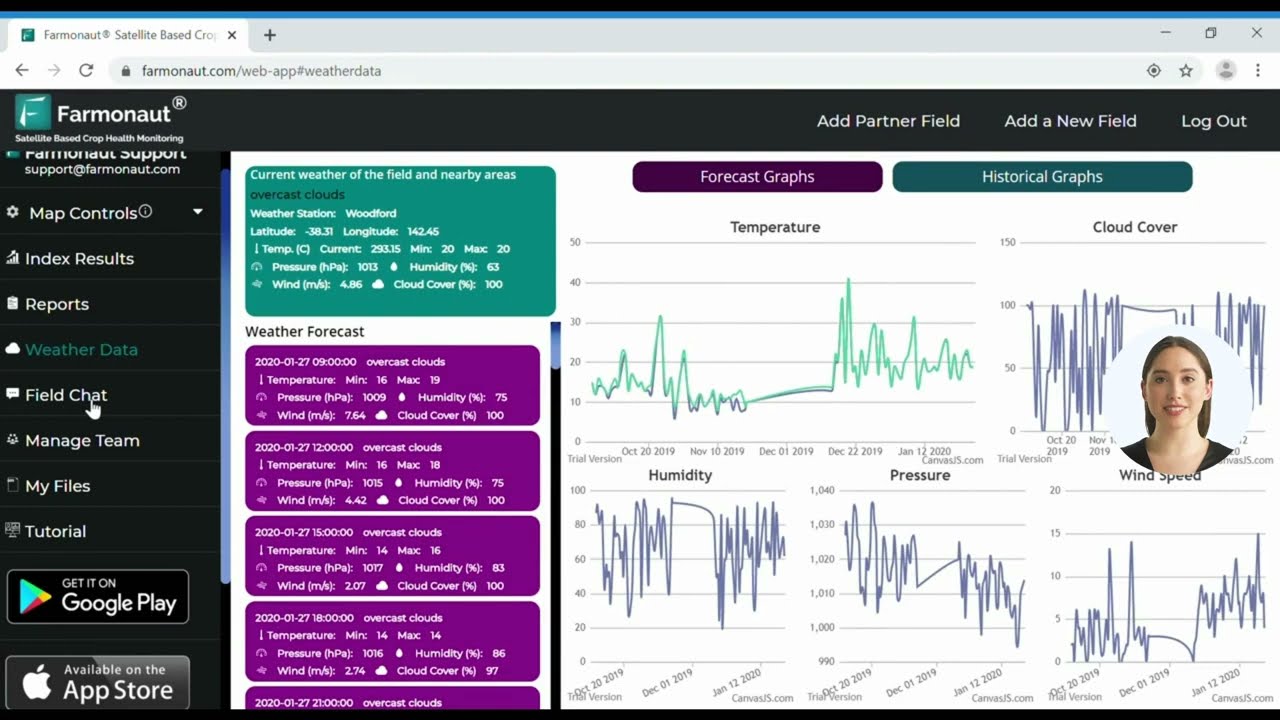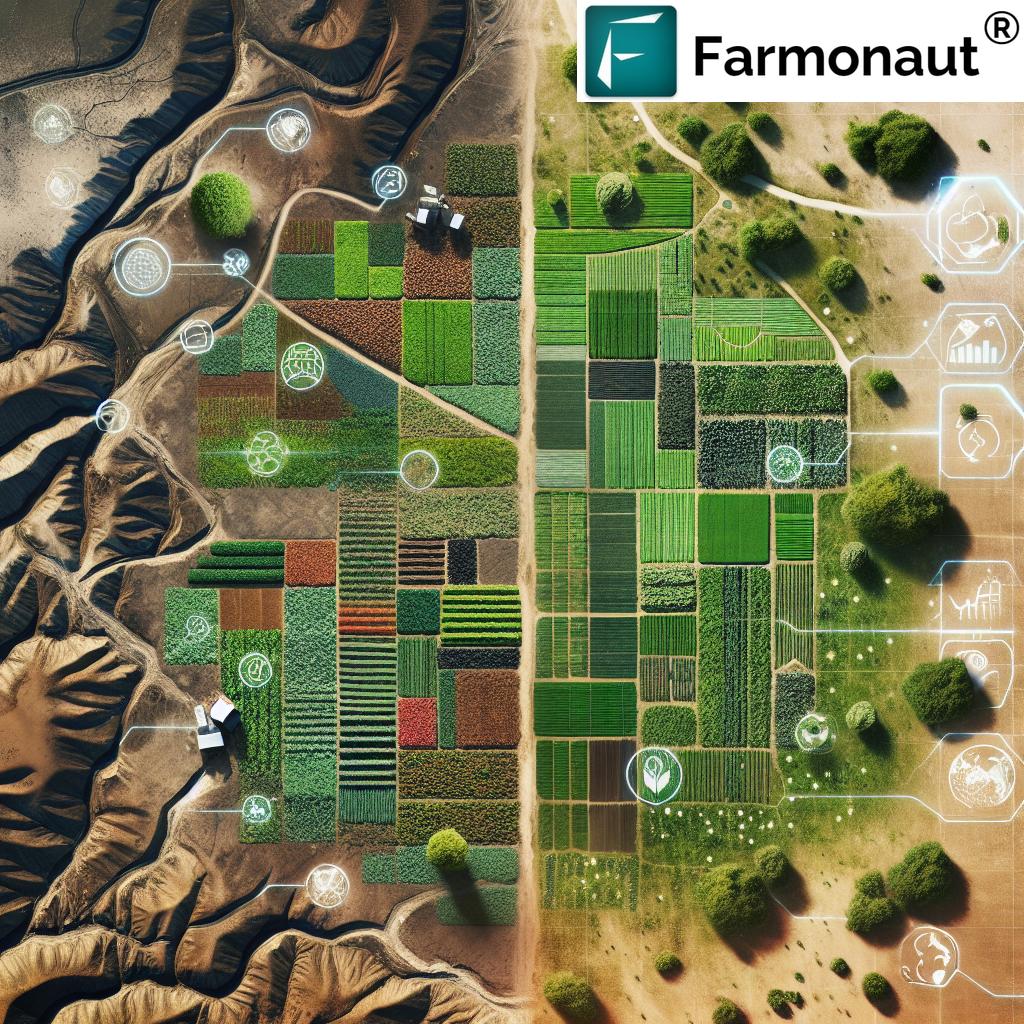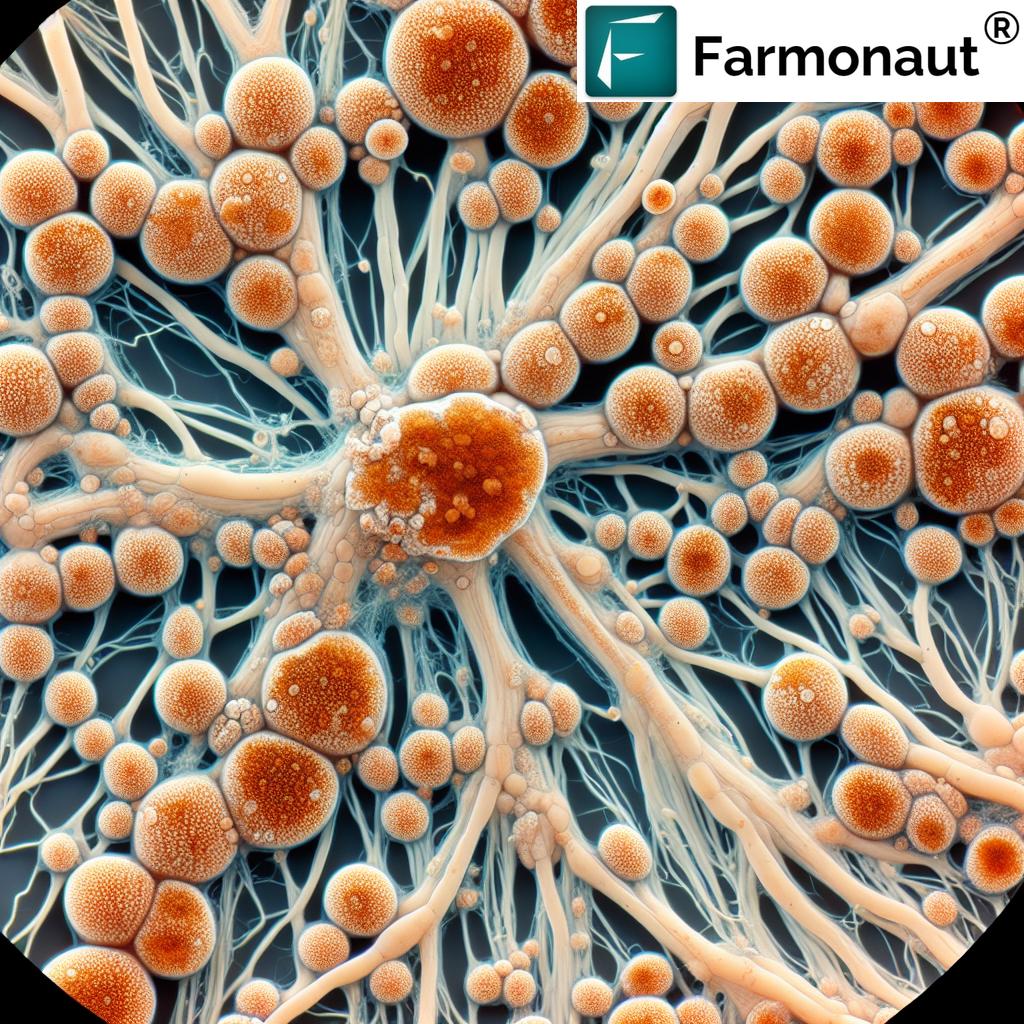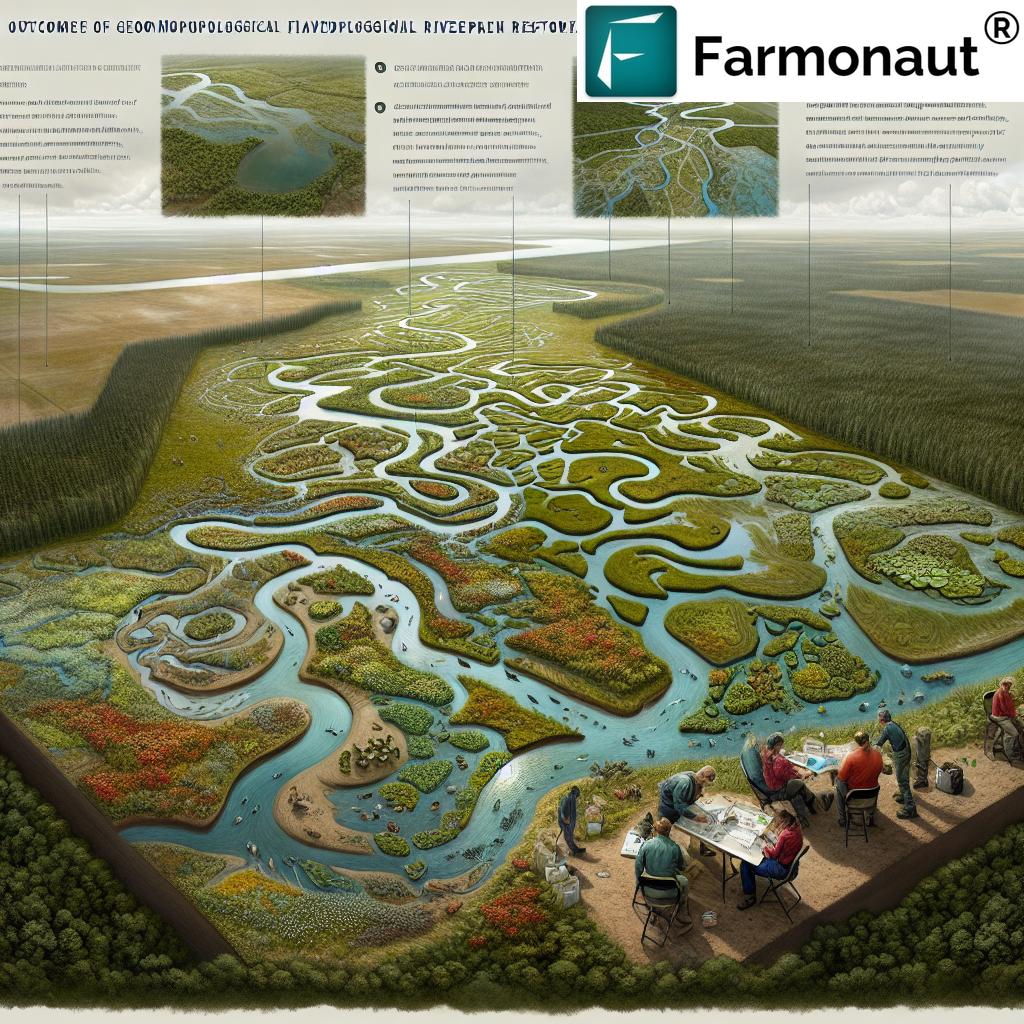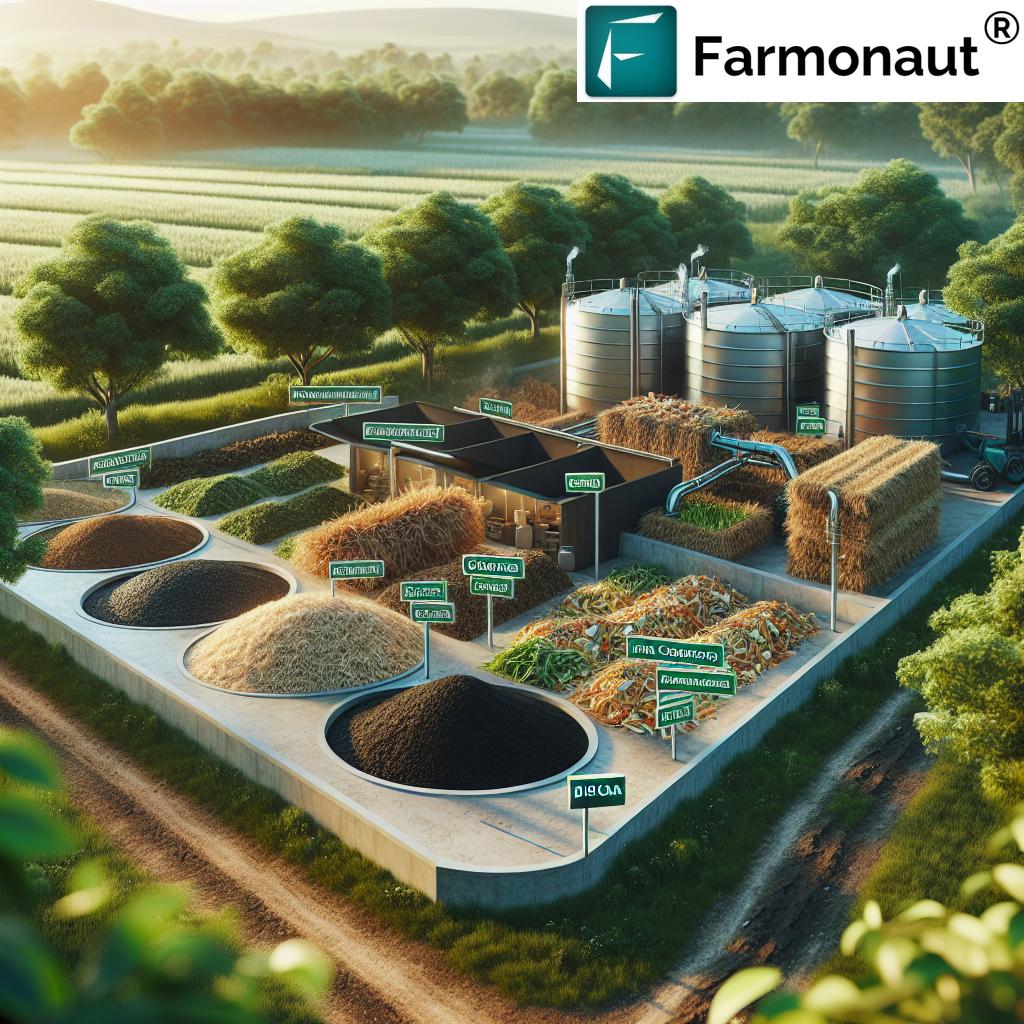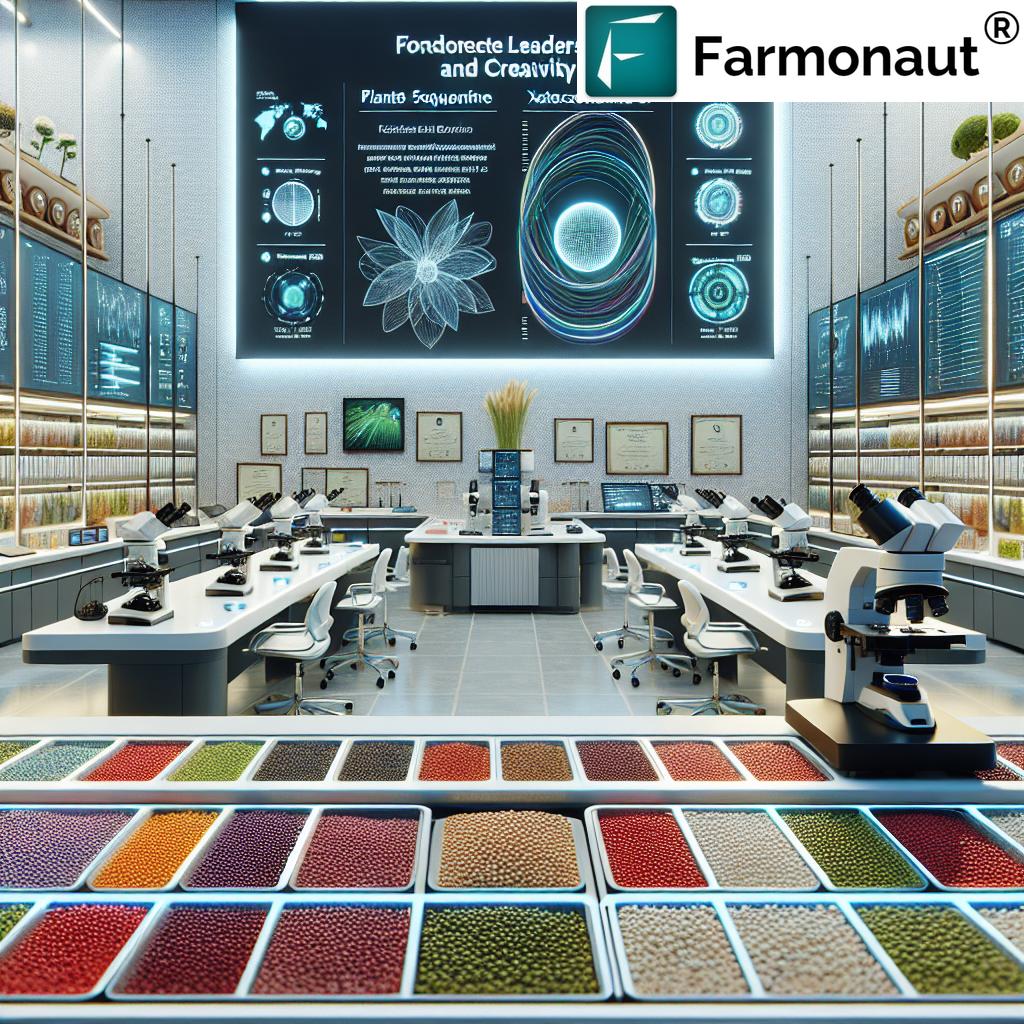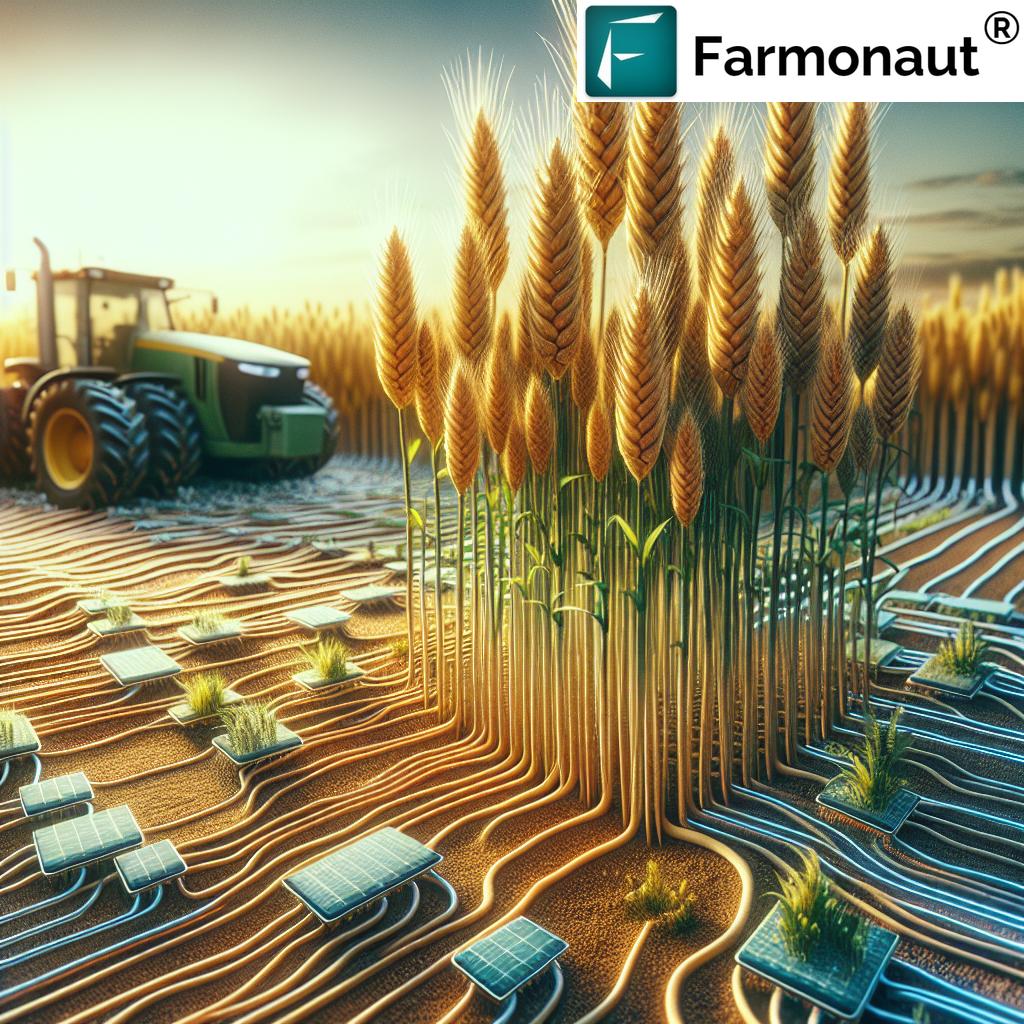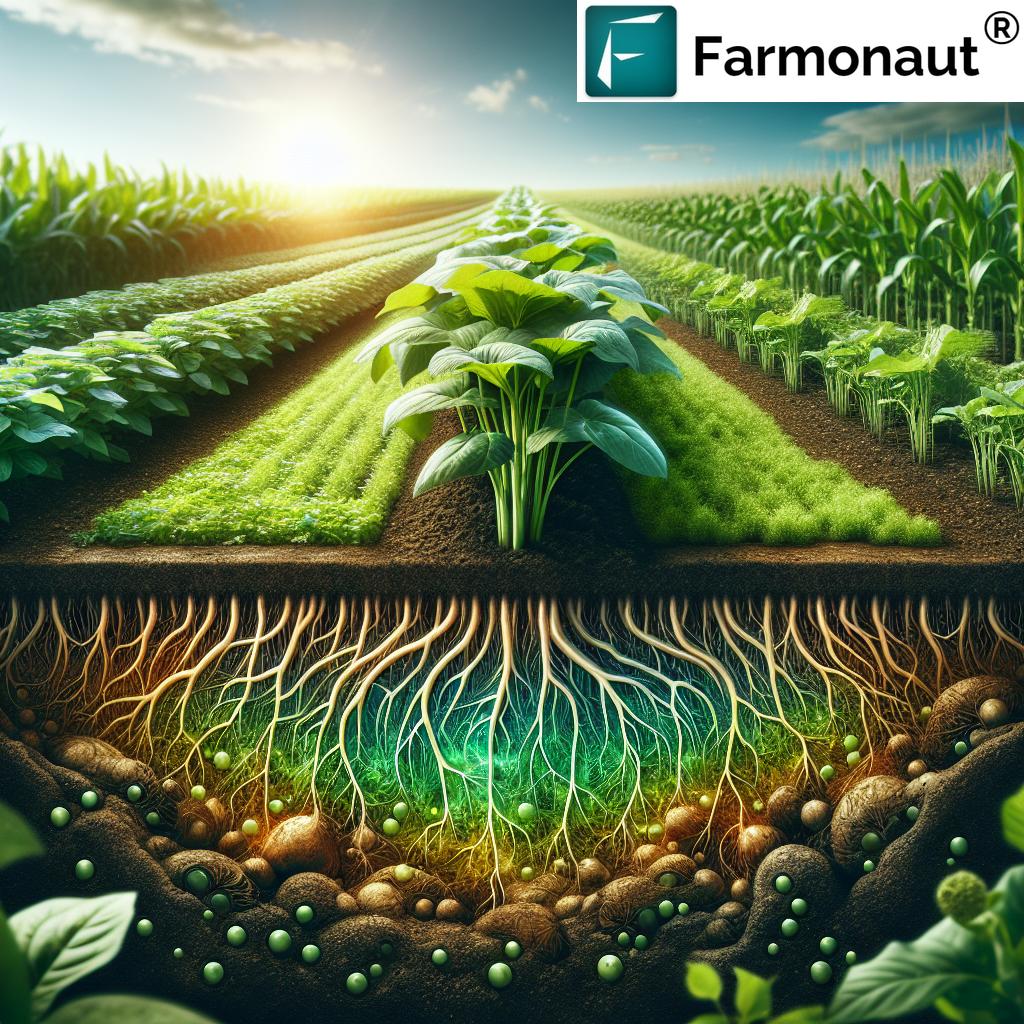Revolutionizing Industries: How Commercial Drone Applications are Transforming Agriculture, Logistics, and Urban Mobility
“The commercial drone market is projected to grow at an 11.2% CAGR from 2024 to 2030, driven by technological advancements.”
In recent years, we’ve witnessed an unprecedented surge in the adoption and development of commercial drone applications across various industries. These unmanned aerial vehicles (UAVs) have emerged as game-changers, revolutionizing operations in sectors ranging from agriculture and logistics to military and urban mobility. As we delve into this transformative technology, we’ll explore how drones are reshaping the landscape of modern industry and paving the way for a more efficient, data-driven future.

The Rise of Commercial Drone Technology
Commercial drones, also known as UAVs, have rapidly evolved from niche gadgets to indispensable tools across various sectors. These aerial marvels are characterized by their ability to be remotely piloted or operate autonomously, efficiently conducting tasks such as surveying, mapping, and monitoring environments. The increasing reliance on drones stems from their capacity to operate in challenging conditions, making them invaluable for hostile environment reconnaissance, crop monitoring, and numerous other applications.
Recent projections highlight the remarkable growth within the commercial drone sector. With an expected compound annual growth rate (CAGR) of 11.2% from 2024 to 2030, the industry is poised for significant expansion. This growth is primarily driven by technological advancements in drone battery systems, AI integration, and autonomous operations.
Transforming Agriculture with Drone Technology
In the agricultural sector, drones are revolutionizing traditional farming practices by providing farmers with unprecedented insights and capabilities. Agricultural drone monitoring is optimizing crop management through various applications:
- Crop Health Assessment: Drones equipped with multispectral cameras can detect early signs of crop stress, disease, or pest infestations.
- Precision Agriculture: UAVs enable targeted application of fertilizers and pesticides, reducing waste and environmental impact.
- Irrigation Management: Thermal imaging drones can identify areas of water stress, allowing for more efficient irrigation practices.
- Yield Estimation: Advanced imaging and AI algorithms help farmers predict crop yields with greater accuracy.
At Farmonaut, we’re at the forefront of this agricultural revolution. Our satellite-based farm management solutions complement drone technology, offering farmers a comprehensive toolkit for precision agriculture. By integrating satellite imagery with AI-driven insights, we provide real-time crop health monitoring, personalized farm advisory services, and resource management tools that synergize perfectly with drone-collected data.
Logistics and E-commerce: The Drone Delivery Revolution
The logistics and transportation segment is anticipated to experience the highest growth in drone applications, largely due to the e-commerce boom. Traditional postal systems are rapidly adopting drone technology for delivery services, while companies like Amazon and DJI are pushing the boundaries of drone-based package delivery systems.
Key advantages of drone delivery systems include:
- Faster delivery times, especially in urban areas
- Reduced traffic congestion and carbon emissions
- Access to remote or hard-to-reach locations
- Lower operational costs for last-mile delivery
As urban density increases and consumer demand for faster delivery options grows, we expect to see a significant shift towards drone-based logistics solutions in the coming years.
Military Applications: Advancing Defense Capabilities
The military sector has been a key driver in the development and adoption of drone technology. Military drone technology has evolved to encompass a wide range of applications, including:
- Intelligence, Surveillance, and Reconnaissance (ISR)
- Combat and Support Operations
- Search and Rescue Missions
- Logistical Support in Hostile Environments
Recent developments in military drone technology include:
Precision Airdrop Systems: ParaZero Technologies has successfully demonstrated its precision airdrop system for military applications, enhancing capabilities for both military and humanitarian missions.
Loitering Munitions: AeroVironment secured a significant $288 million contract from the U.S. Army for its Switchblade loitering munitions, showcasing the growing demand for advanced military drone capabilities.
Extended Flight Times: Companies like ZenaTech, Inc. are developing high-density batteries aimed at extending flight times for defense and commercial applications, crucial for military operations requiring extended intelligence gathering and logistical support.
Urban Air Mobility: The Future of Transportation
“Unmanned aerial vehicles (UAVs) are revolutionizing operations across military, agriculture, logistics, and energy sectors, expanding their applications rapidly.”
Urban air mobility drones promise to reshape transportation in densely populated areas. These autonomous aerial vehicles are being developed to transport passengers and cargo within urban environments, potentially alleviating ground traffic congestion and offering new modes of rapid transit.
Recent milestones in urban air mobility include:
- EHang’s inaugural flight of its passenger drone in Shanghai, marking a significant step towards urban air transportation.
- Ongoing trials and regulatory discussions to integrate air taxis into existing urban transportation networks.
- Development of vertiports and necessary infrastructure to support urban air mobility operations.
As this technology matures, we anticipate a transformation in urban planning and transportation strategies to accommodate these new aerial vehicles.
Energy Sector: Enhancing Efficiency and Safety
In the energy sector, drones are proving invaluable for infrastructure inspection, maintenance, and monitoring. Key applications include:
- Power Line Inspection: Drones can safely and efficiently inspect long stretches of power lines, identifying potential issues before they lead to outages.
- Solar Panel Monitoring: Thermal imaging drones can detect faulty solar panels in large solar farms, optimizing energy production.
- Wind Turbine Inspection: UAVs equipped with high-resolution cameras can inspect wind turbine blades for damage, reducing the need for dangerous manual inspections.
- Oil and Gas Pipeline Surveillance: Drones can monitor extensive pipeline networks for leaks or security breaches, enhancing safety and environmental protection.
These applications not only improve operational efficiency but also significantly enhance worker safety by reducing the need for human intervention in hazardous environments.
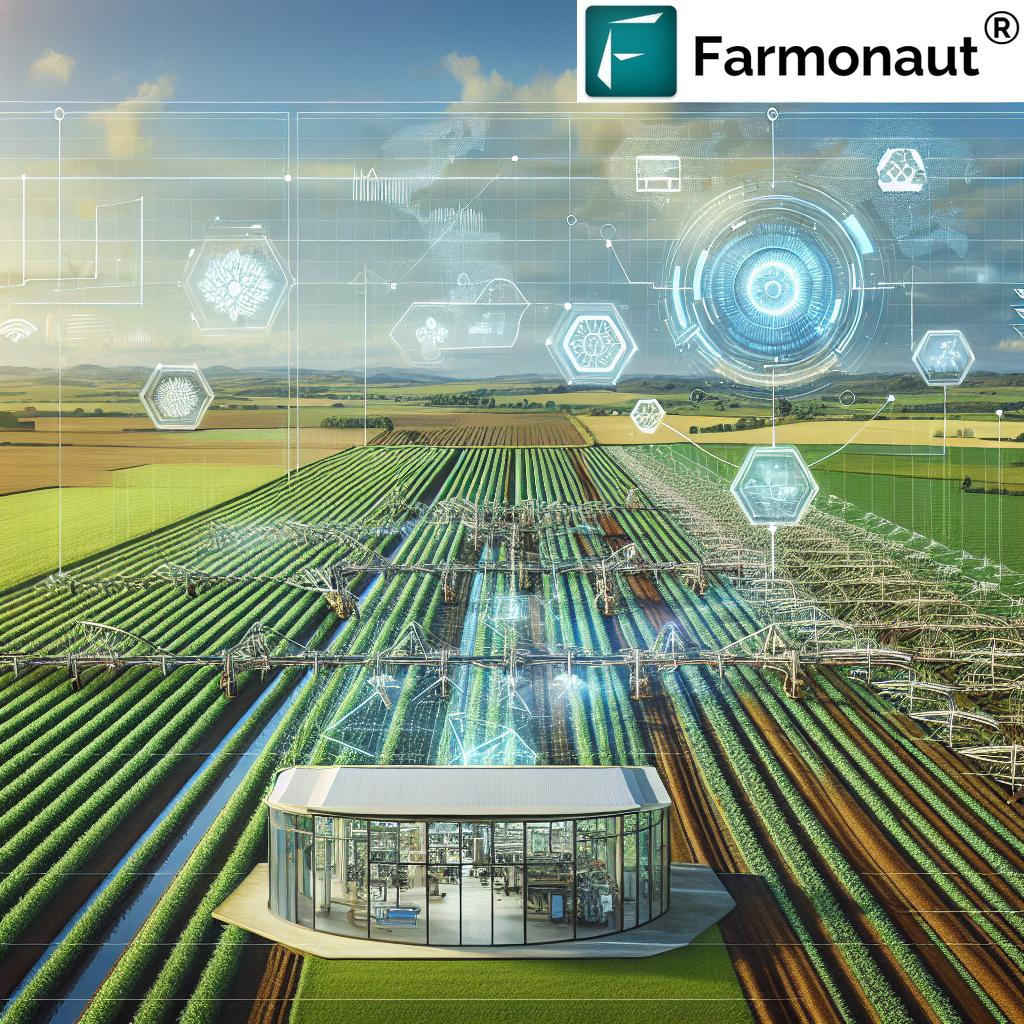
Drone Surveying and Mapping: Revolutionizing Data Collection
Drone surveying and mapping capabilities have evolved dramatically, offering unprecedented accuracy and efficiency in data collection across various industries. These applications include:
- Topographic Mapping: High-resolution aerial imagery for precise terrain modeling.
- Construction Site Monitoring: Regular surveys to track progress and identify potential issues.
- Disaster Response: Rapid mapping of affected areas to aid in emergency response planning.
- Environmental Monitoring: Tracking changes in ecosystems, coastlines, and forests over time.
At Farmonaut, we complement these drone surveying capabilities with our satellite-based solutions, offering a comprehensive approach to land use monitoring and management. Our platform integrates satellite imagery with AI analysis to provide valuable insights for agricultural planning, environmental conservation, and urban development.
Technological Advancements Driving the Drone Industry
The rapid growth of the commercial drone market is fueled by continuous technological advancements. Key areas of innovation include:
- Battery Technology: Improved energy density and faster charging capabilities are extending flight times and operational ranges.
- Artificial Intelligence: AI integration is enhancing autonomous flight capabilities, object recognition, and data analysis.
- Sense and Avoid Systems: Advanced sensors and algorithms are improving collision avoidance, making drones safer for urban operations.
- 5G Connectivity: High-speed, low-latency communications are enabling real-time data transmission and better control over long distances.
These advancements are not only improving existing applications but also opening up new possibilities for drone usage across industries.
Regulatory Landscape and Future Outlook
As drone technology continues to advance, regulatory frameworks are evolving to ensure safe and responsible use of UAVs. Key regulatory considerations include:
- Airspace integration and management
- Privacy and data protection
- Certification standards for commercial drone operations
- International harmonization of drone regulations
The future outlook for the commercial drone industry is exceptionally promising. As regulations mature and technology advances, we anticipate:
- Increased adoption of drones in everyday business operations
- Development of drone-specific infrastructure in urban areas
- Greater integration of drone data with other emerging technologies like IoT and AI
- Expansion of drone services into new sectors and applications
At Farmonaut, we’re excited about the synergies between drone technology and our satellite-based solutions. Our platform’s ability to integrate diverse data sources, including drone-collected imagery, positions us at the forefront of the agricultural technology revolution.
Commercial Drone Applications Across Industries
| Industry | Application | Key Benefits | Estimated Market Growth (2024-2030) | Technological Challenges |
|---|---|---|---|---|
| Agriculture | Crop Monitoring | Optimized resource management, early pest detection | 13% CAGR | Battery life limitations, data processing complexity |
| Logistics | Package Delivery | Faster delivery times, access to remote areas | 15% CAGR | Regulatory hurdles, payload limitations |
| Military | Reconnaissance and Combat Support | Enhanced situational awareness, reduced personnel risk | 10% CAGR | Cybersecurity concerns, counter-drone technologies |
| Urban Mobility | Air Taxis | Reduced traffic congestion, faster urban transport | 18% CAGR | Safety concerns, air traffic management |
| Energy | Infrastructure Inspection | Improved safety, cost-effective monitoring | 12% CAGR | Harsh environment operations, data security |
Farmonaut’s Role in the Drone Revolution
While Farmonaut does not directly manufacture or operate drones, our satellite-based farm management solutions complement and enhance the capabilities of drone technology in agriculture. Our platform offers:
- Real-time Crop Health Monitoring: Leveraging satellite imagery to provide insights that can be combined with drone-collected data for comprehensive farm management.
- AI-based Advisory Systems: Our Jeevn AI tool delivers personalized farm advice, which can be further refined with drone-collected data.
- Blockchain-based Traceability: Enhancing supply chain transparency, which can be integrated with drone-based logistics solutions.
- Resource Management Tools: Optimizing farm operations, complementing the precision agriculture capabilities of drones.
By combining our satellite-based solutions with drone technology, farmers and agribusinesses can achieve unprecedented levels of precision and efficiency in their operations.
The Future of Drone Technology and Industry Integration
As we look to the future, the integration of drone technology across industries is set to deepen and expand. We anticipate:
- Greater AI Integration: Enhanced autonomous capabilities and more sophisticated data analysis.
- Improved Battery Technology: Longer flight times and increased payload capacities.
- Advanced Sensors: More precise and diverse data collection capabilities.
- Seamless Integration: Better interoperability with existing systems and emerging technologies.
At Farmonaut, we’re committed to staying at the forefront of these technological advancements, ensuring that our satellite-based solutions continue to complement and enhance the capabilities of drone technology in agriculture and beyond.
Earn With Farmonaut: Join our Affiliate Program
Earn 20% recurring commission with Farmonaut’s affiliate program by sharing your promo code and helping farmers save 10%. Onboard 10 Elite farmers monthly to earn a minimum of $148,000 annually—start now and grow your income!
Conclusion: Embracing the Drone-Powered Future
The commercial drone industry is on an exciting trajectory, poised to transform various sectors through innovative applications and continuous technological advancements. From revolutionizing agriculture and logistics to enhancing military operations and urban mobility, drones are proving to be versatile tools with immense potential.
As we navigate this drone-powered future, companies like Farmonaut play a crucial role in complementing and enhancing drone capabilities, particularly in the agricultural sector. By combining satellite-based solutions with drone technology, we’re helping to create a more efficient, sustainable, and data-driven approach to farming and land management.
The future of commercial drone applications is bright, with continuous innovations in battery technology, AI integration, and regulatory frameworks paving the way for even more widespread adoption. As these aerial marvels become increasingly integrated into our daily lives and business operations, we can expect to see new efficiencies, capabilities, and opportunities emerge across industries.
Stay tuned to Farmonaut for the latest developments in agricultural technology and how we’re working to integrate these advancements into our platform, ensuring that farmers and agribusinesses have access to the most cutting-edge tools and insights available.
FAQs
- What are the main industries benefiting from commercial drone applications?
The main industries benefiting from commercial drone applications include agriculture, logistics, military, urban mobility, and energy sectors. - How are drones transforming agriculture?
Drones are transforming agriculture through crop health assessment, precision agriculture practices, irrigation management, and yield estimation. - What are the key advantages of drone delivery systems in logistics?
Key advantages include faster delivery times, reduced traffic congestion, access to remote locations, and lower operational costs for last-mile delivery. - How are military operations enhanced by drone technology?
Military operations are enhanced through improved intelligence, surveillance, and reconnaissance (ISR), combat and support operations, search and rescue missions, and logistical support in hostile environments. - What is urban air mobility, and how will it impact transportation?
Urban air mobility refers to the use of drones for passenger and cargo transport within urban areas. It has the potential to alleviate ground traffic congestion and offer new modes of rapid transit. - How does Farmonaut’s technology complement drone applications in agriculture?
Farmonaut’s satellite-based farm management solutions complement drone technology by providing comprehensive crop health monitoring, AI-driven advisory services, and resource management tools that can be integrated with drone-collected data. - What are the main technological advancements driving the drone industry?
Key advancements include improved battery technology, AI integration, advanced sense and avoid systems, and 5G connectivity. - What are the main regulatory challenges facing the commercial drone industry?
Main regulatory challenges include airspace integration, privacy and data protection concerns, certification standards for commercial operations, and international harmonization of drone regulations. - How can farmers benefit from integrating drone technology with Farmonaut’s solutions?
Farmers can benefit by combining drone-collected data with Farmonaut’s satellite imagery and AI-driven insights for more comprehensive farm management, improved decision-making, and optimized resource allocation. - What is the expected growth rate of the commercial drone market?
The commercial drone market is projected to grow at a CAGR of 11.2% from 2024 to 2030.







